#6 – Vet’s Best Ear Relief Wash Cleaner for Dogs, 16 oz Refill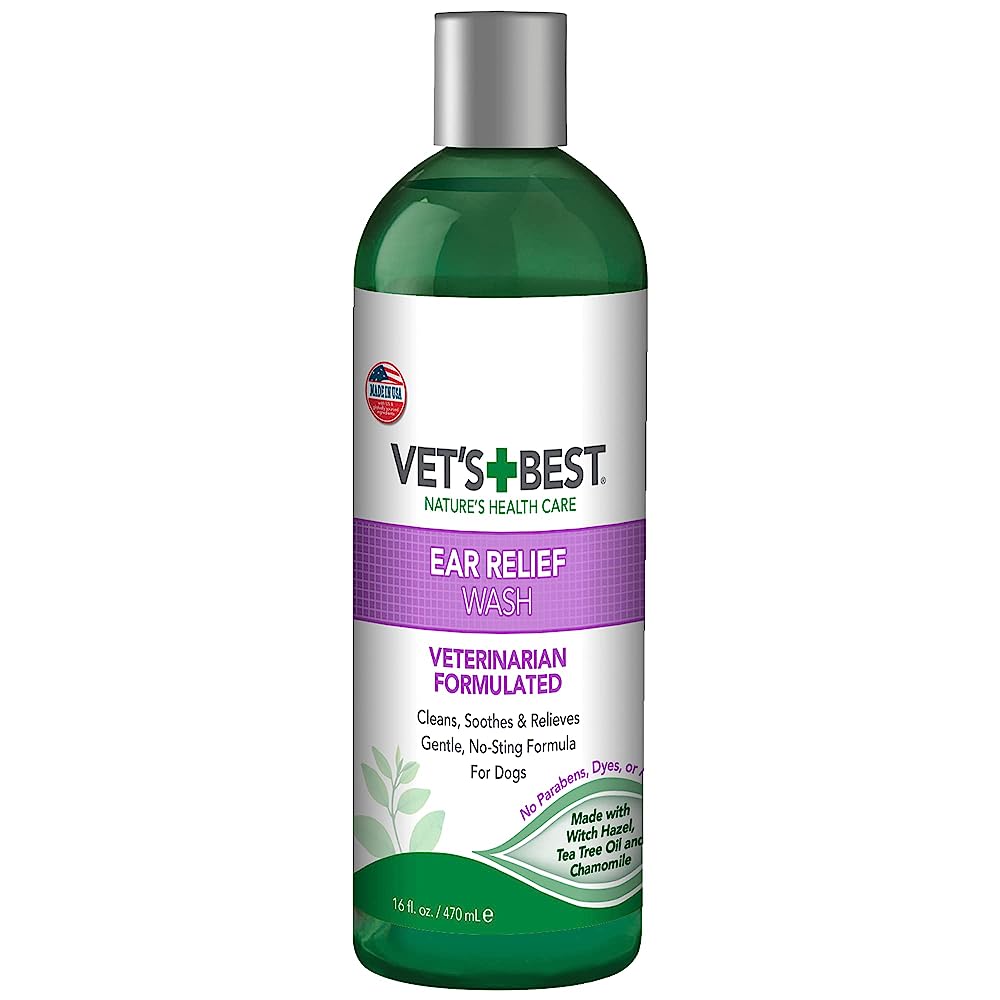
The Vet’s Best Ear Relief Wash Cleaner for Dogs is a product that provides immediate relief for dogs with raw, itchy, smelly, or greasy ears. Its natural ingredients, such as witch hazel, chamomile, aloe vera, clove oil, and tea tree oil, help control unpleasant odors and itching. It can be used daily or as needed to clean ears and control wax build-up, and is part of a complete treatment system for dog ear care.
How Often Should I Clean My Akita’s Ears & How Should I Clean Them?
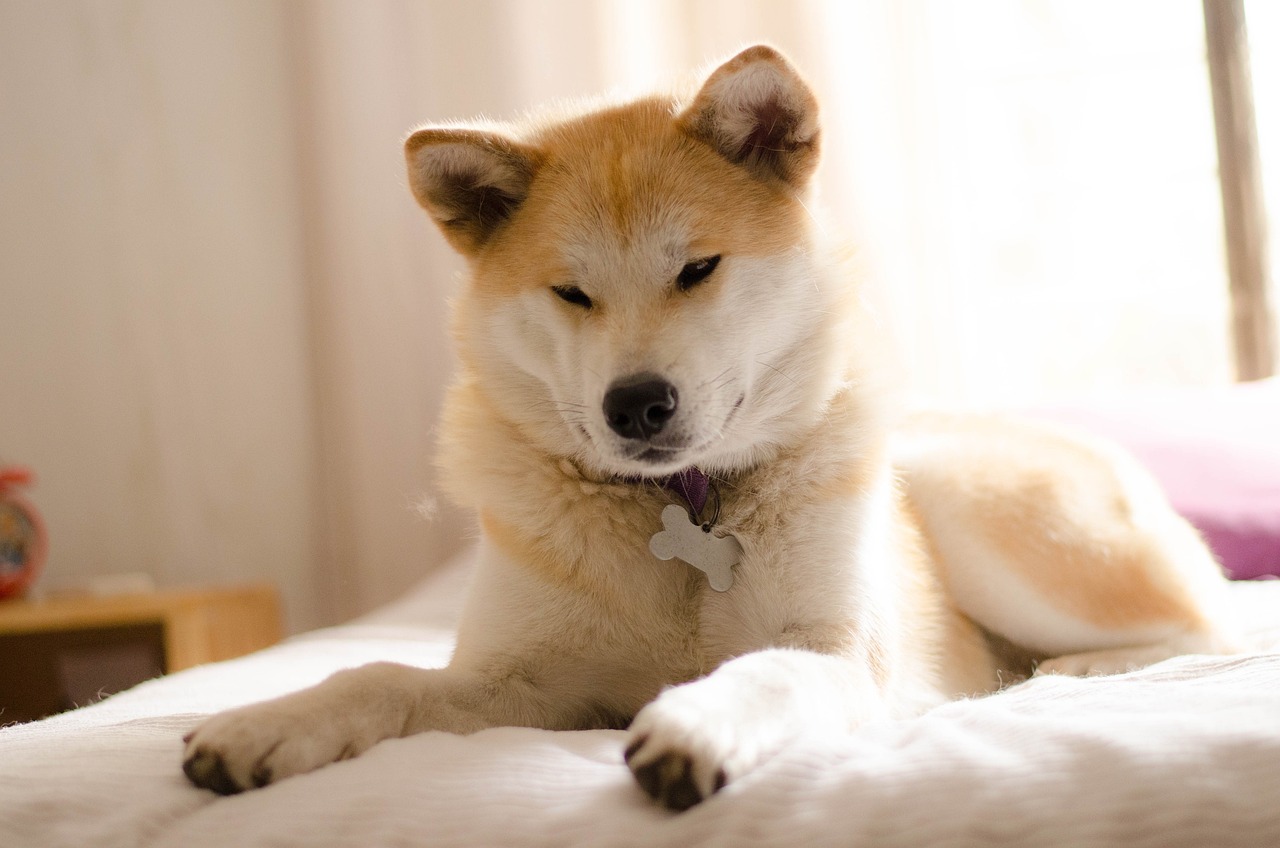
The Akita, a noble and powerful breed hailing from Japan, is a picture of grandeur and grace. Possessing a thick double coat and characteristic erect ears, Akitas holds a certain majesty that is hard to miss. However, their distinctive ear shape, coupled with their dense fur, necessitates specific ear care routines. Let’s navigate the essentials of cleaning Akita’s ears and delve into the influence of allergies on their ear care regimen.
Frequency of Cleaning for Akita:
Unlike some dog breeds, Akitas don’t naturally produce excessive earwax, but their erect ears can act as funnels, accumulating airborne debris and potential allergens. Considering this:
- Routine Inspections: Examine your Akita’s ears once a week. Regular checks enable you to spot any abnormalities, such as inflammation, unusual discharge, or foreign objects.
- Standard Cleaning Schedule: For most Akitas, cleaning their ears once every 2-4 weeks should suffice. However, factors like their environment, age, and any underlying health issues can alter this frequency.
Cleaning Procedure for Akita:
1. Gather Essentials: Arm yourself with a quality canine ear cleaner, cotton balls or soft pads, and gloves if desired. Q-tips, while tempting, should be avoided to prevent the risk of pushing debris deeper into the ear or causing injury.
2. Calm Your Akita: It’s crucial to ensure your Akita is relaxed. Since the cleaning sensation might be unfamiliar, using a soothing voice and gentle strokes can make the process smoother.
3. Cleaning Steps:
- Holding the ear flap (pinna) gently, expose the ear canal.
- Carefully pour the recommended amount of the ear-cleaning solution into the ear. Always follow the product’s label.
- Gently massage the base of the ear for 20-30 seconds. This helps to loosen debris within.
- As a natural reflex, your Akita will likely shake its head, assisting in the removal of the dislodged debris.
- Using a cotton ball or pad, gently wipe away the visible dirt, wax, or discharge. Remember, only clean areas within your sight to ensure the inner ear remains undisturbed.
4. Drying the Ear: Post-cleaning, it’s vital to ensure no moisture lingers within the ear. Use a soft cloth or cotton ball to absorb any residual solution.
5. Positive Reinforcement: Conclude the session with a treat or affection. This not only soothes your Akita but also helps in establishing a positive association with ear cleaning.
Allergies and Their Impact on Ear Cleaning of Akita:
Allergies in Akitas can directly influence their ear health. Whether it’s food allergies, environmental triggers, or reactions to certain grooming products, an allergic Akita might manifest several ear-related symptoms.
Signs of Allergic Reactions Include:
- Increased earwax production.
- Persistent scratching of the ears.
- Redness or inflammation within the ear canal.
- Noticeable change in the ear’s odor or discharge consistency.
Addressing Allergies:
- Increased Cleaning: An Akita with active allergies might benefit from more frequent ear cleanings to alleviate discomfort and reduce wax or discharge buildup.
- Veterinary Consultation: If allergies are suspected, it’s paramount to consult a vet. They can provide valuable insights into managing allergies, which might entail dietary changes, antihistamines, or specific topical treatments.
The Akita, with its regal bearing and fierce loyalty, deserves meticulous care to match its noble nature. Their ears, a prominent feature, require regular attention to ensure they remain healthy and infection-free. Recognizing the interplay between allergies and ear health is crucial, as it allows Akita owners to modify care routines effectively. By maintaining a consistent cleaning schedule and being vigilant about potential allergic reactions, you ensure that your Akita remains comfortable, attentive, and ready to grace the world with its unparalleled presence.
Frequently Asked Questions About Ear Cleaning for Akitas
1. How often should I clean my Akita’s ears?
You should clean your Akita’s ears every 2 to 4 weeks, depending on how much wax or dirt builds up. Dogs that swim or play outdoors may need more frequent cleaning.
2. Why is ear cleaning important for Akitas?
Regular ear cleaning prevents ear infections, wax buildup, and bad odor—common issues in Akitas due to their thick coats and active lifestyles.
3. What type of ear cleaner is best for Akitas?
Choose a veterinarian-approved, alcohol-free cleaner that gently removes debris and dries moisture. Formulas with aloe vera or chamomile are soothing and safe for sensitive ears.
4. Can I use human ear drops on my Akita?
No. Human ear drops may irritate or harm your Akita’s ears. Always use products specifically made for dogs.
5. How do I know if my Akita’s ears need cleaning?
Signs include visible wax, redness, odor, or frequent scratching. If your dog shakes its head often, it may also indicate ear discomfort or infection.
6. What ingredients should I avoid in dog ear cleaners?
Avoid products containing alcohol, hydrogen peroxide, or harsh chemicals, as they can dry out and irritate your Akita’s delicate ear tissue.
7. How do I clean my Akita’s ears safely?
Gently fill the ear canal with a vet-approved cleaner, massage the base of the ear, then let your dog shake. Wipe away loosened debris with a soft cotton pad—never insert cotton swabs.
8. Are homemade ear cleaners safe for Akitas?
Homemade solutions can be risky. Unless recommended by your vet, stick to commercial dog ear cleaners designed for pH balance and safety.
9. My Akita hates ear cleaning—what can I do?
Make ear cleaning positive! Offer treats and praise, and try cleaning after exercise when your dog is calmer. Gradual desensitization helps reduce anxiety.
10. What are common ear problems in Akitas?
Akitas can develop yeast infections, bacterial infections, or mites due to moisture and trapped debris. Regular cleaning helps reduce these risks.
11. How can I tell if my Akita has an ear infection?
Watch for foul odor, discharge, redness, or constant head shaking. If symptoms persist, see your vet immediately for treatment.
12. Can swimming cause ear problems in Akitas?
Yes. Moisture from swimming can lead to yeast or bacterial growth. Always dry and clean your dog’s ears after swimming sessions.
13. Do puppy Akitas need ear cleaners too?
Yes, but use gentle, puppy-formulated ear cleaners. Start early to help your Akita puppy get comfortable with regular grooming.
14. Are wipes or liquid ear cleaners better?
Both have benefits. Liquids provide deep cleaning, while wipes are great for maintenance and quick cleanups between washes.
15. What should I do if cleaning doesn’t help?
If odor, discharge, or discomfort continues after cleaning, consult your veterinarian—your Akita may have an underlying infection that needs medical care.


 3 days ago
8
3 days ago
8





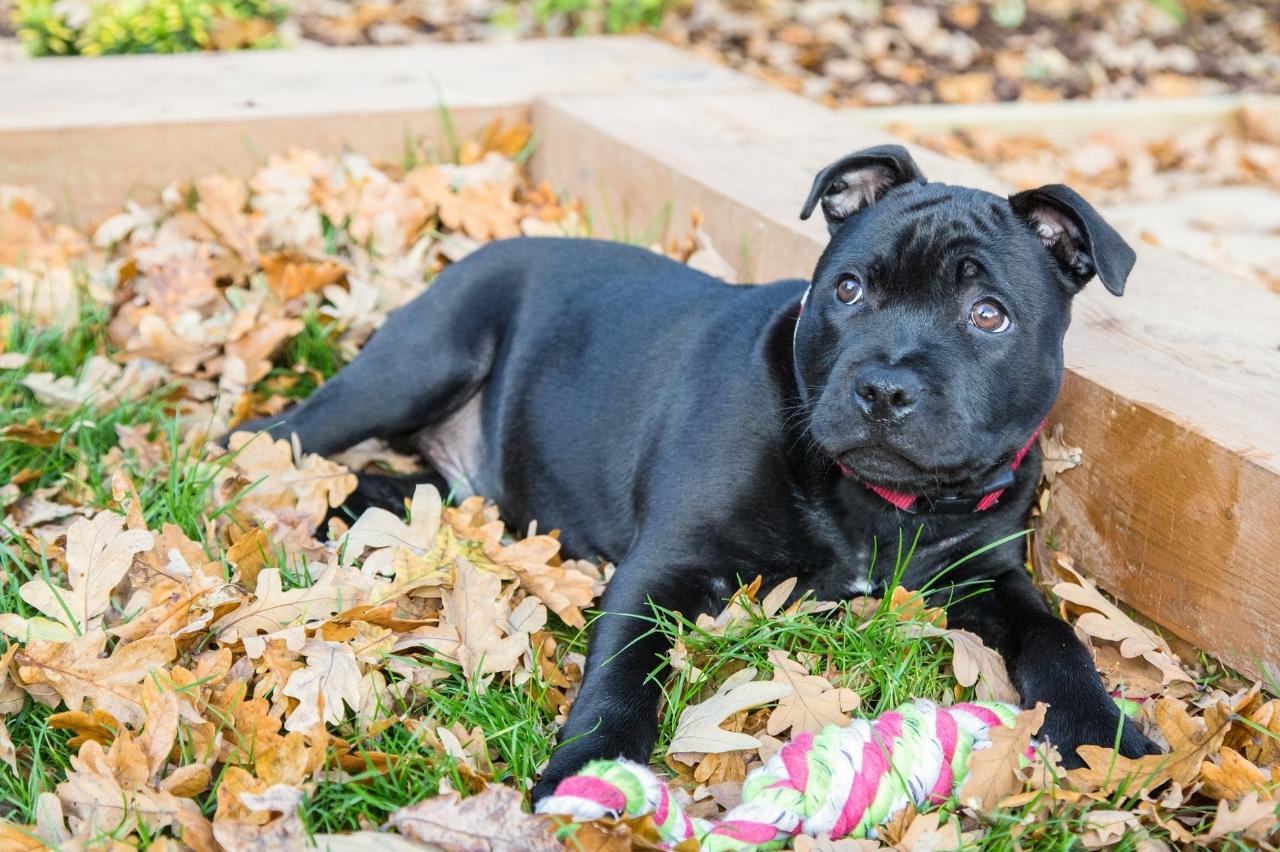




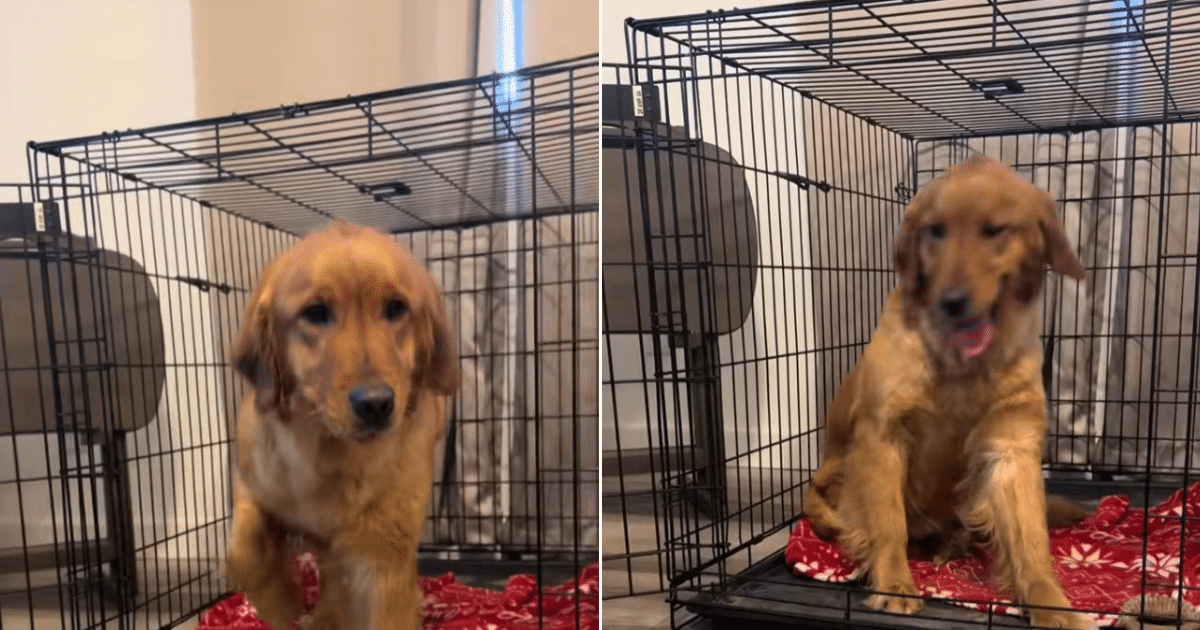

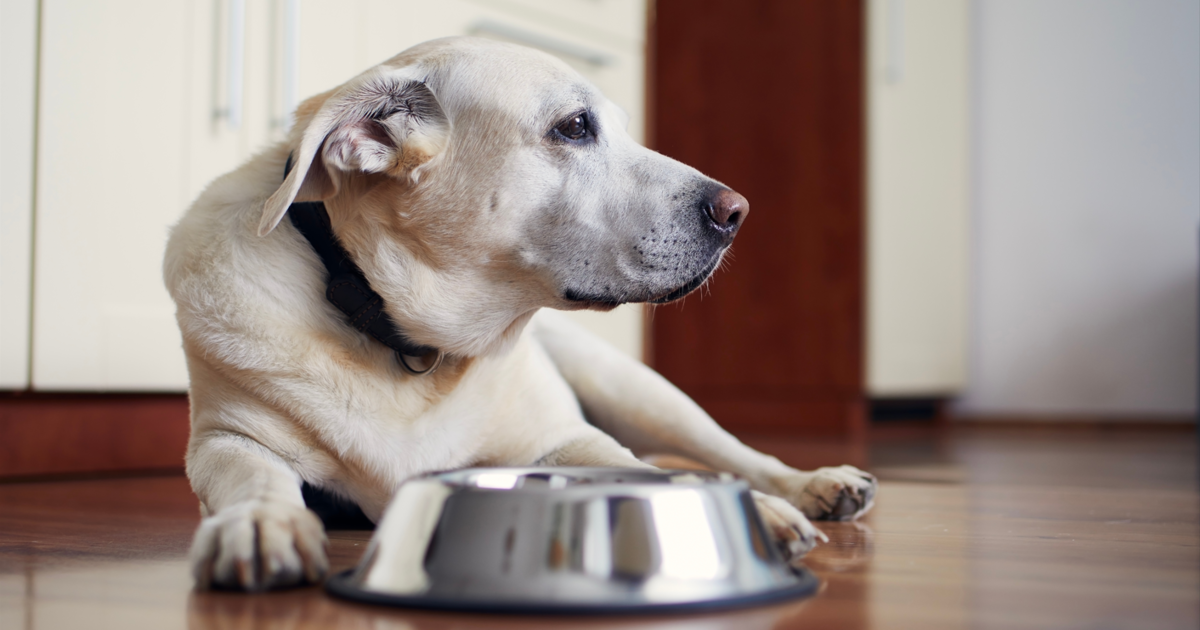
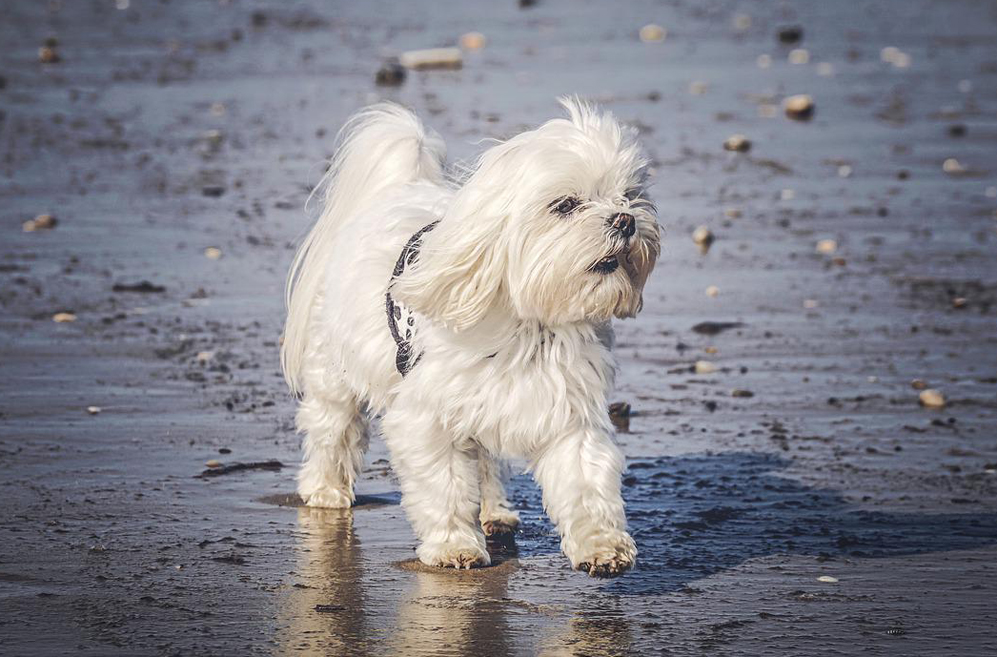




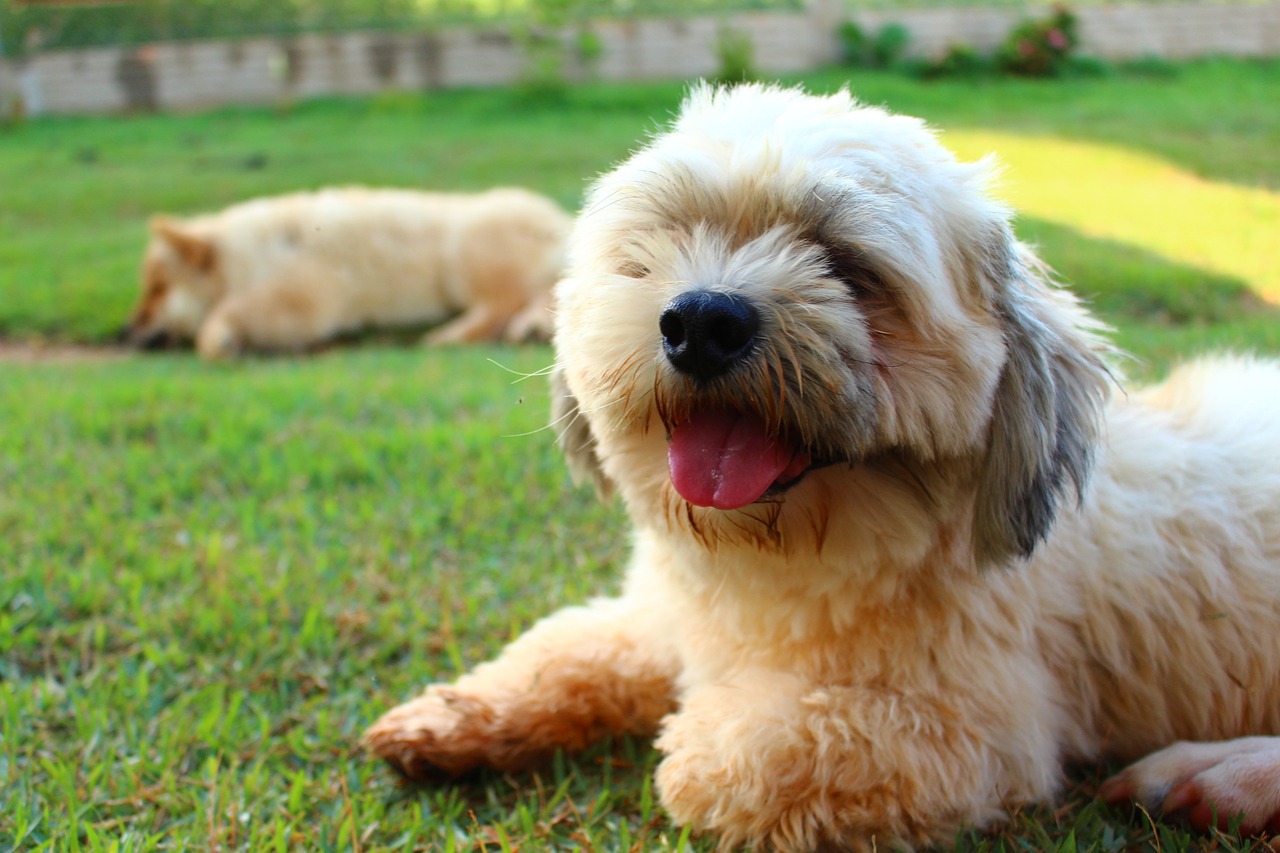
 English (US) ·
English (US) ·